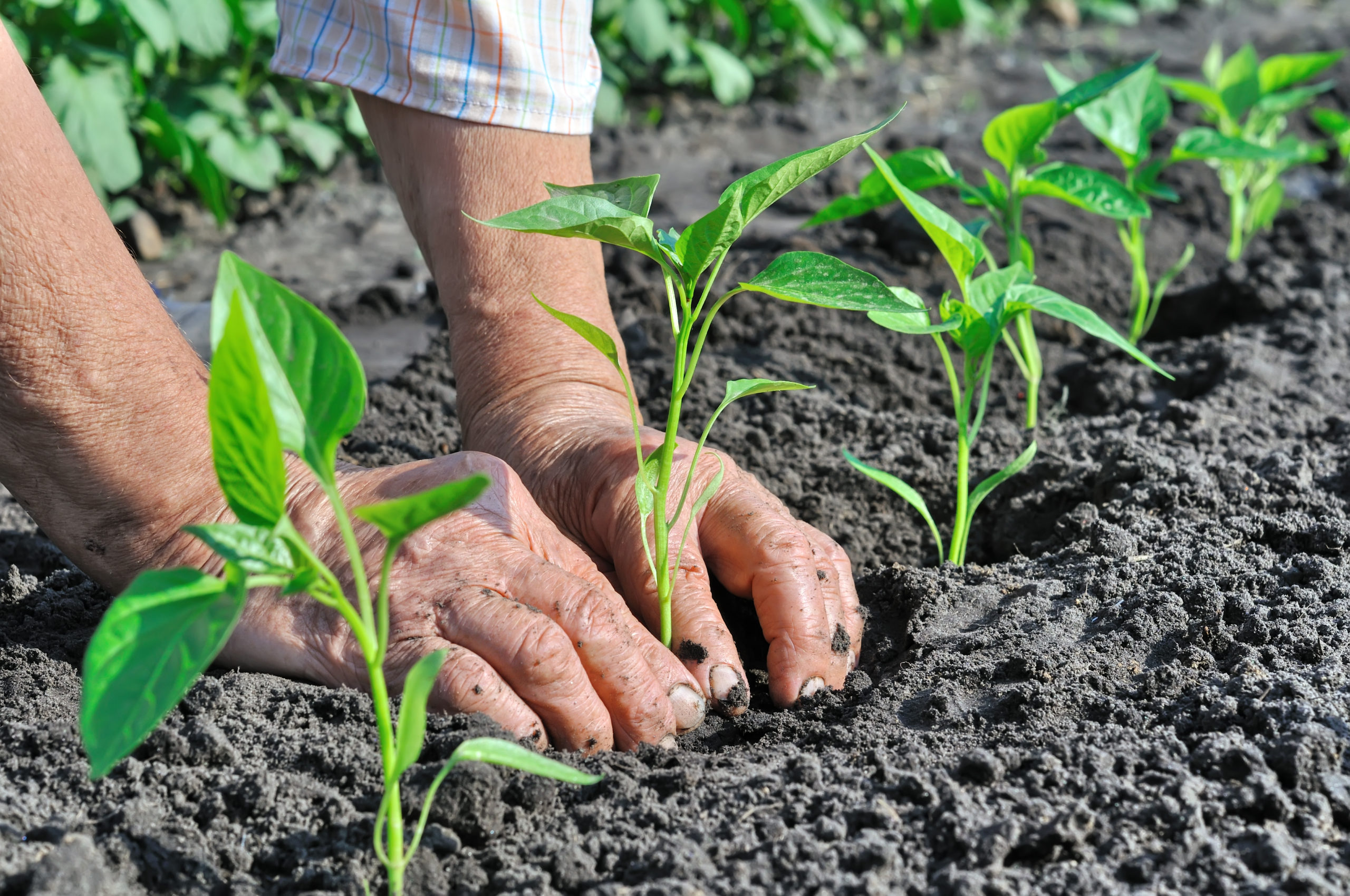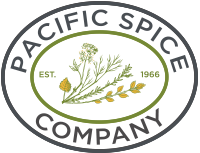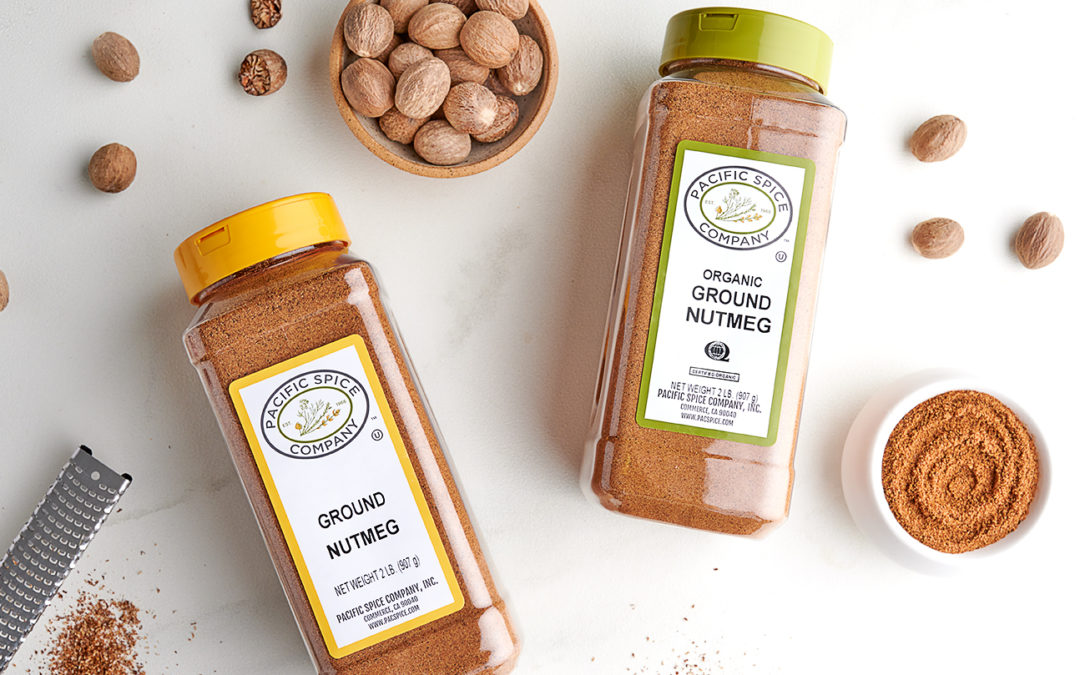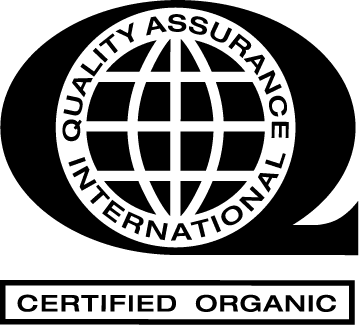Over the last decade, consumers have become increasingly more attentive to the methods of food and farming, and this has led to a rise in demand for organic products. While it may be easy to dismiss the importance of organic spices because they are typically used in such small quantities (compared to other ingredients), the value of sourcing organic spices should not be overlooked.
Today, we are going to focus on the main attributes of organic spices and the role each of them play in ensuring the most flavorful, pure, and natural product. But first, we’ll set the stage by taking a quick look at organic spice trends in the U.S.
Organic Spice Trends
As demand for organic products rise, there is a huge need for organic spices. In fact, there is a lack of organic alternatives for even some of the most common spices.
Here are a two main reasons:
- While the spice trade is thousands of years old, the organic spice segment is barely decades old. There are a limited number of organic spice sources and processors (more on this below).
- Spices can only be cultivated in certain areas of the world, and many of those countries have not yet adopted organic farming practices that meet the requirements for organic certification.
With changing trends in food and a growing interest in the natural beneficial properties of food, consumers take comfort in knowing that their food comes from farms that engage in natural farming practices. For this reason and more, earning the right to use an organic label adds value to brands because it indicates a high-quality product that was grown and handled with great care.
Although the demand for organic spices is trending upward, the road to becoming certified organic is not easy; therefore, there’s a noticeable gap between supply and demand.
Reliable Supply

Becoming a certified organic product begins with the farming methods. Generally, in order to be a certified organic farm, a farm must be pesticide-free for at least 3 seasons and have its soil tested regularly to ensure there is no pesticide residue. This alone is a big deterrent for farmers, as it requires a long-term commitment. In addition, without pesticides, crops become more vulnerable to pests and pose a greater risk of reduced agricultural yield.
Because of this, farmers have been resistant to the significant investment of time and money to make the switch to organic crops. This has made it difficult to source enough organic spices to keep up with consumer demand.
Organic products take time.
Due to natural growth cycles and strict organic guidelines, farmers need a much longer lead time to prepare their crops to support product demand. In fact, they often need to know what their clients will be ordering a year or two in advance in order to have time to expand their acreage, prepare their field, and cultivate their soil.
These obstacles at the farm level make procurement very challenging for overseas suppliers and US importers. It’s imperative to find high-caliber organic growers and suppliers worldwide that also meet the established quality and food safety standards that consumers have come to expect from all their food products.
That’s why it pays to have a reliable supplier like Pacific Spice in your corner.
We can help you every step of the way; and we’ll start by helping you project your needs to ensure you get the organic products you need when you need them. When you source from a U.S.-based, certified-organic supplier with reliable resources, quality control, and adherence to strict organic requirements, you can rest assured that you are in good hands.
Sterilization
Spices grow outdoors, which means that besides the physical cleaning process, they also need to be free of any pathogens or harmful bacteria. This is accomplished by one of several methods of sterilization.
Ethylene oxide sterilization (ETO) exposes the product to ETO gas under controlled conditions in a sealed chamber, to kill bacteria in the product.
Pros: This is a cost-effective, widely-used sterilization method that has been common for many years.
Cons: ETO is a heavily-regulated, dangerous gas. Although ETO-sterilizers use controlled processes to keep both people and food products safe, many countries have banned the use of this method.
Irradiation exposes the product to gamma rays or electron beam radiation to sterilize it.
Pros: Most effective method, and no chemicals are used in this process
Cons: Public pressure due to the negative connotations of radiation has resulted in specific labeling requirements to disclose that the product is irradiated. That can be unappealing to consumers.
Steam-sterilization is a process that uses hot steam in a controlled environment to heat the product.
Pros: No chemicals or radiation are used in this process.
Cons: If this process is not done properly and any moisture is introduced to the product, it can result in caking and molding.
While all three methods can be used on conventional, non-organic products, the only sterilization process approved for organic products is Steam-sterilization. Because of the purity of this method, steam-sterilization is becoming an increasingly more popular sterilization method across the board, even for non-organic spices.
Organic Spice Labels
If you choose to source organic ingredients or work with an organic supplier, it’s important to understand the nuances of labeling.
Not all organic labels are created equal.
Below, we’ve listed the three common organic labels in the U.S. and explained what each label represents (note: this is just an overview, not a full list of all the labeling regulations within each category).
100% Organic – This label will only be put on a product that is 100% Organic
Organic – This label is used if a product contains 95% or more Organic ingredients.
Made with Organic_____ – This label is used if 70% or more of a product’s ingredients are organic. While the finished product cannot be represented as organic, the display label can contain the phrase “made with organic (insert up to three ingredients or ingredient categories).”
Organic Spices at PSC
At Pacific Spice, we have always been committed to safety and quality, and hold ourselves to the highest standard that exceeds U.S. quality standards for spice manufacturing, blending, and packaging, and our organic spices are no exception.
That’s why we took the time to work with reputable sources that meet these high standards.
At Pacific Spice, we source raw organic material and process it in our facility so we can ensure clean, safe organic spices.
We are a Certified Organic Manufacturer and all of our vendors are vetted and qualified under the strict organic standards. With their help, we are thrilled to use our state-of-the-art manufacturing facility to bring exotic flavors and fresh new products to the organics market.
Because of our over 50 years of experience and commitment to quality, we are confident that we can fill a growing need in the industry by offering guidance in this newly evolving space and an expanded line of organic products that you can count on.
If you want to know more about our wholesale organic spices or if you have any other organic spice needs, please contact us. We are here to help!


